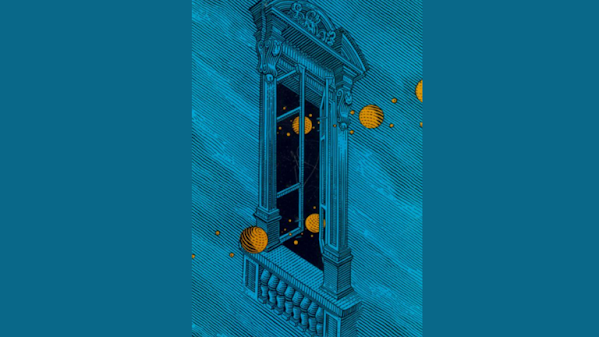Istvan Orosz, born in 1951, is a Hungarian painter, printmaker, graphic designer, and animator. In his works, he frequently employs visual paradox, double-meaning images, and illusionistic approaches, while adhering to traditional printing techniques such as woodcutting and etching. He also attempts to revitalise the anamorphosis technique, which is a distorted projection that requires a specific viewing point to reveal the hidden image.
The Window Paradox, one of his most famous works, is part of a series of impossible objects he created. The Window Paradox depicts a window that appears to be inside and outside of a building depending on the angle of view. The window is divided into four panes, each of which shows a different perspective of the surroundings.
The top left pane depicts the sky and the building's roof, the top right pane depicts the interior of the room, the bottom left pane depicts the building's exterior, and the bottom right pane depicts the reflection of the window itself. The window frame changes shape and position as well, resulting in a contradictory and impossible scene. The illusion tests the viewer's perception and logic and invites them to investigate the image's hidden meanings and messages.
The explanation for this illusion is that the window is a trapezium rather than a regular rectangular shape. The window frame is not fixed either, but rather rotates around a vertical axis. The rotation of the frame alters the viewer's perspective, making the window appear to be either inside or outside the building. The windowpanes are also curved rather than flat, resulting in distorted reflections and views. The artist employs these techniques to create a visual paradox that defies physics and geometry.





0 Comments